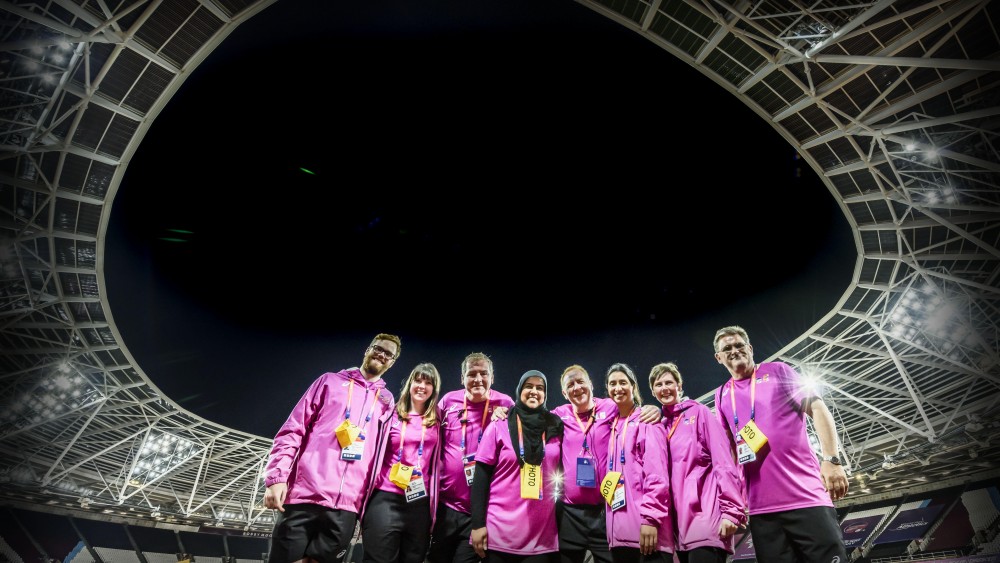“From your event, have you got any interesting and different photographs?
It’s a question often asked by editors after conferences, exhibitions, awards and many other events – in fact, by editors in every media sector, consumer and trade – and increasingly online.
Too often the answer is no. Event PR teams have libraries full of head-on photographs of speakers at lecterns, panellists in armchairs or on stools, busy aisles, crowded conference audiences, networking drinks and award handshakes – all very much the same regardless of the industry.
It happens because these are the classic ways to tell the story, convey the PR messages through photography. They are safe, tried and tested and everyone is generally happy with them.
But imagine if there are over a hundred photographers at the event, many of them freelances paid by results, competing for the most interesting shots to sell to the nationals day after day.
That is the situation at the World Para Athletics and World Athletics Championships in London – and at any similar major worldwide event. And there the competition for the best picture truly bring out the creativity and tests the photographers’ skills. The picture with this blog of the Photo Ops team was taken by one of the world’s top photographers lying on the floor of the London Stadium
The key to it is not holding the camera at an unusual angle or doing anything very odd or unusual. It is the same best practice as for all events – to walk around the arena a day or hours before or during the event, visualising what will happen with the photographs in mind – looking for a different angle.
The head-on shot is the classic in the athletics world as well. But there are many alternatives – side on, higher angle, lower angle on the bend – that the photographers consider in creating a different shot.
Working with the photographers at these Championships has provided a valuable reminder for event PR of the importance of looking out to create an original event photograph – and, while not forgetting the ‘classics’, of making sure to encourage photographers to think; “what different photographs can we shoot? What different stories can we tell?” Then, as long as they are not too unflattering, be brave and share them with the media.









Comments are closed.